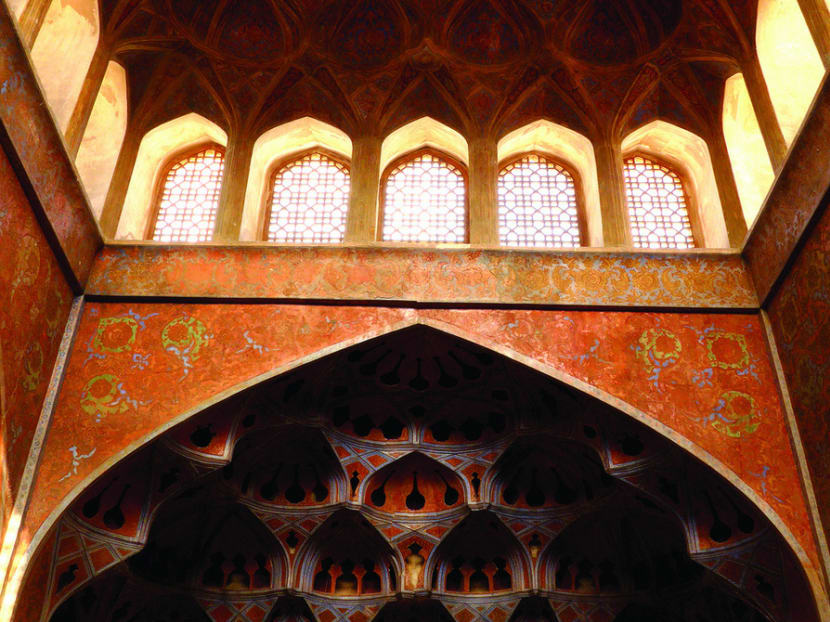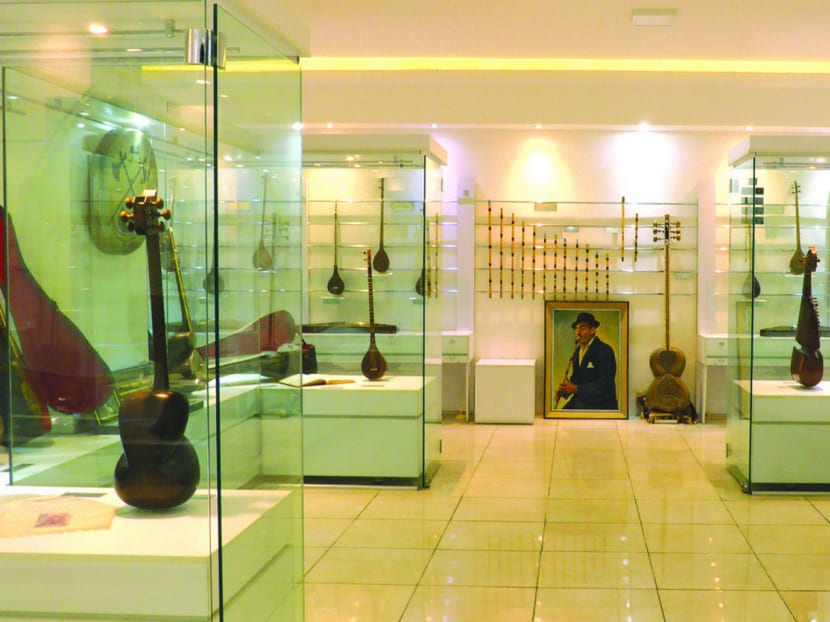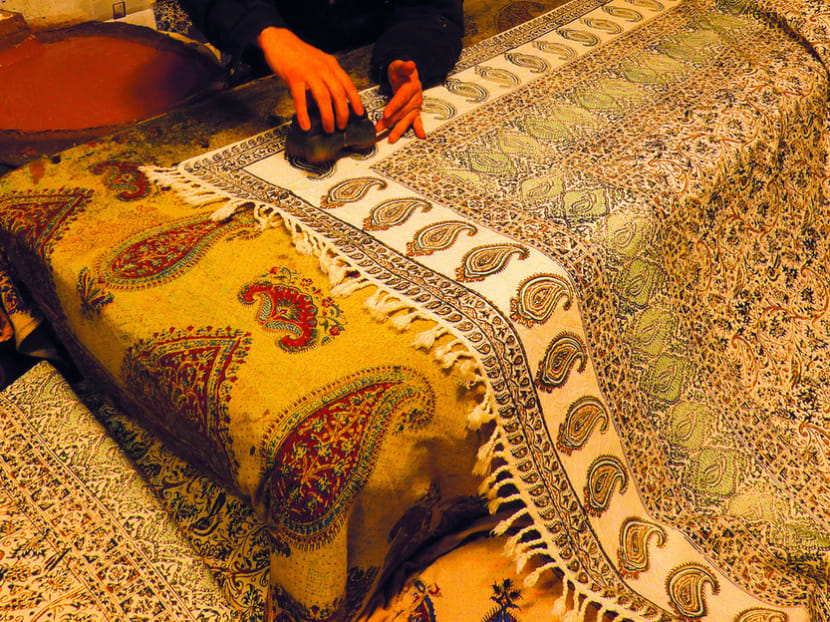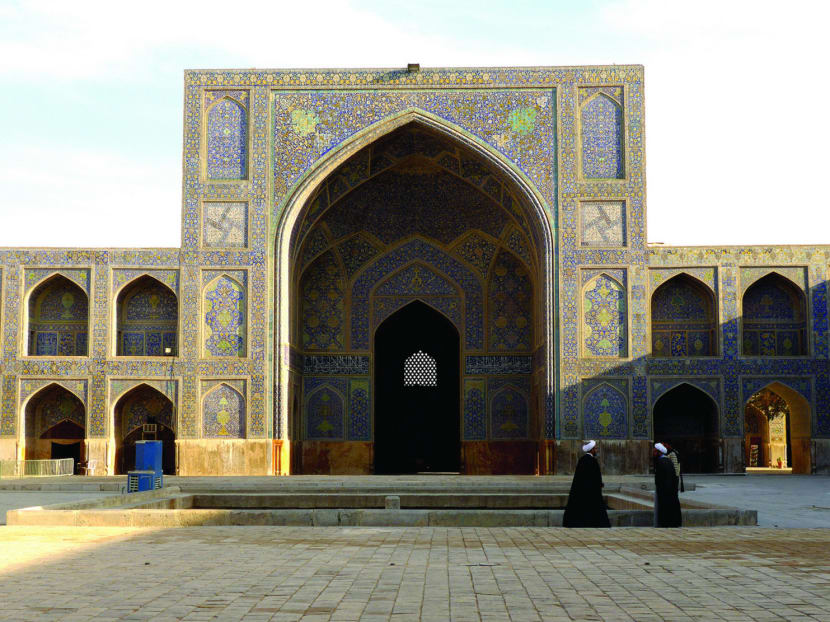In the city that is half the world
In Iran, there is an old saying — Esfahan nesf-e jahan — which means Isfahan is half the world.




In Iran, there is an old saying — Esfahan nesf-e jahan — which means Isfahan is half the world.
The city, renowned for its lovely courtyards, beautiful buildings, covered bridges and refined culture since the 1500s, is said to be so striking that visitors there would have seen half the world’s glory.
For those who want to see half the world and experience more, here is a guide to Isfahan’s top experiences.
STEP BACK IN TIME
The first place tourists flock to in Isfahan is Naqsh-e Jahan Square. It is the city’s biggest draw and is what gives rise to the saying “half the world”.
Here, you get to step back into the times of the Safavid dynasty. While it has been renovated and redesigned over time, the layout of Naqsh-e Jahan Square remains largely the same since it was constructed in the 16th century.
The monuments around the square continue to awe visitors today: Shah Mosque with its dazzling turquoise tilework; the smaller but intricate Sheikh Lotfallah Mosque with one of the most beautiful ceilings in the Middle East; and the 16th-century Ali Qapu Palace, which features remarkable woodwork and a music hall designed for acoustics.
DIG INTO YOGURT SOUP
Probably the most well-preserved caravanserai (buildings that shelter men, goods and animals along ancient caravan routes) in Isfahan, the 300-year-old Abbasi Hotel has beautifully landscaped courtyards and gardens, and an atmospheric little teahouse.
In the evenings, the teahouse serves its one and only dish, ash-e-reste — a tangy, savoury yogurt soup with beans, vegetables and noodles. There is also a long list of traditional Persian teas and drinks to choose from. Come early as the place is popular with locals and gets filled up fast.
ADMIRE CRAFTSMEN AT WORK
Built in 1620, Qeysarie Bazaar is one of the oldest surviving bazaars in the Middle East. Wandering in the bazaar and browsing its offerings take up a good hour or so if you are fast.
From samovar (tea urn) makers to coppersmiths and carpet weavers, potters and spice traders, the colours and scents of the bazaar make for Insta-worthy snaps.
You can see craftsmen at work on items like traditional block-printing on textiles, but be prepared for persuasive sales pitches and hard bargaining.
Outside the bazaar, there is a row of galleries taken up by miniaturist artists with finely detailed works on parchment, silk and bone. One of Iran’s most established miniaturist masters, Hossein Fallahi, runs a gallery here.
DISCOVER THE PERSIAN PALATE
Think you know your Middle Eastern cuisine? Persian culinary traditions might be a totally different ball game.
Persian cuisine uses ingredients and spices in a distinctively different manner from Arabic and Turkish cuisines. Instead of one or two dominant tastes in a dish, the outcome is often a complex balance of spices and ingredients.
Isfahan with its concentration of fine restaurants and eateries is a great platform to explore traditional Persian cooking. Locally sourced ingredients, such as pomegranates and walnuts, are often featured.
Fesenjan, a rich tangy pomegranate-and-walnut stew with chicken or meatballs, is a classic, with the pomegranate sauce tenderising and flavouring the meat at the same time. Another pomegranate dish is ashe-e anar, a stew of lentils, pomegranate, mint and spices.
When it comes to rice, Iranians easily have more than 10 ways to cook their grains. Don’t miss out on Javaher Polow, a colourful rice dish cooked with raisins, barberries, pistachios, almonds and carrots.
TRADITIONAL TEAHOUSE
Tea drinking is a time-honoured tradition in Iran. No visit to Isfahan is complete without a session in a traditional tea house and drinking from a samovar.
Tea houses can be found in various parts of the city, but for an eclectic experience, head to Azadegan Tea-House just north east of the main square and buried in the back alleys of the bazaar.
The teahouse is a novelty in itself; its owners have spent years collecting keepsakes of the past and memorabilia, including old photographs and coloured lampshades.
CLASSICAL PERSIAN MUSIC
Persia was the land of music, and many of the musical instruments used in Central and South Asia today originated from here. Examples include the hammered dulcimer, lutes, various stringed instruments, and precursors of the guitar.
At the Isfahan Music Museum, more than 300 musical instruments collected from Iran’s provinces are on display, providing a comprehensive overview of the region’s musical heritage. Located in the Armenian quarter of Isfahan, the museum also holds a performance of classical Persian music if there are 20 visitors.
TRAVEL NOTES
Getting there
The jump-off point to Isfahan is Tehran. Thai Airways and Airasia fly there four times weekly. Thai Airways flights stopover in Bangkok. Airasia flies from Kuala Lumpur.
What to pack
Women are required to wear the hijab at all times in public. Pack clothes that will cover your arms and legs as well.
When to go
For the best climate, visit in early spring, late autumn or winter.
Money
International credit cards are still not accepted, bring Euros or US dollars. If using local currency, Iranians often quote in tomans instead of the official rial. Ten thousand rials is equivalent to 1,000 tomans.
Visa
Singaporeans are eligible for visas-on-arrival in Tehran. Prepare at least €80 (S$127) to pay for visa and insurance per person.
Connectivity
You may buy a SIM card for mobile data but note that Iran’s Internet is heavily firewalled. Install a VPN (virtual private network) on your devices before arriving.





